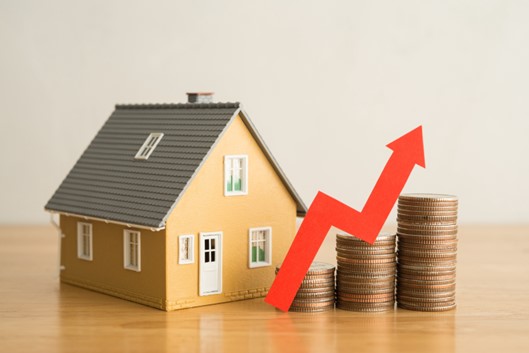Commercial real estate development presents an intriguing investment opportunity, offering the potential for substantial returns and long-term value appreciation. However, David Shulick explains that navigating this complex landscape requires careful consideration and a keen understanding of the factors that contribute to a successful investment. This article delves into the key characteristics that define a good commercial real estate development investment.
1. Strong Market Fundamentals
Location, Location, Location: The location of the development is paramount. It should be situated in a thriving market with a proven track record of growth and a solid economic base. Factors like population density, income levels, and employment trends should be thoroughly analyzed to assess the potential demand for the developed space.
Identifying Market Needs: Understanding the current and projected needs of the target market is crucial. A thorough analysis of existing competition, occupancy rates, and rental trends helps identify potential gaps and informs the development of a project that caters to unmet demand.
Zoning and Regulations: Navigating the legal landscape is essential. Developers must ensure compliance with all zoning regulations and secure necessary permits and approvals before proceeding with the project.
2. Experienced and Capable Development Team
Proven Track Record: The developer’s experience and track record are critical indicators of potential success. A team with a history of successful projects in similar markets demonstrates their ability to execute complex developments effectively.
Strong Financial Standing: The development team’s financial stability is equally important. Access to sufficient capital, strong creditworthiness, and a sound financial plan are essential to overcome unforeseen challenges and ensure project completion.
Expertise and Skillset: The team should possess a diverse range of expertise, including architecture, engineering, construction management, and marketing. Each team member should have a proven track record of success in their respective field.
3. Well-Defined Project Scope and Budget
Clear Vision and Plan: The development project needs a clearly defined vision and a detailed plan outlining the scope, timeline, and budget. This plan should be realistic, achievable, and adaptable to unforeseen circumstances.
Feasibility Studies: Thorough feasibility studies are essential to assess the project’s financial viability. These studies should analyze market demand, construction costs, potential rental income, and projected returns on investment.
Risk Management: Anticipating potential risks and developing effective mitigation strategies is crucial. This includes identifying potential delays, cost overruns, and market fluctuations and having contingency plans in place to address them.
4. Attractive Design and Functionality
Market-Driven Design: The design of the development should be responsive to the needs and preferences of the target market. This includes incorporating desirable features, amenities, and layouts that cater to the specific user groups.
Sustainability and Green Building Practices: Integrating sustainable design elements and green building practices not only enhances environmental responsibility but also offers long-term cost savings and increased tenant appeal.
Technology Integration: Incorporating smart technologies for building management, security, and tenant convenience can enhance the user experience and improve operational efficiency.
5. Strong Investment Exit Strategy
Exit Strategy Planning: It is crucial to have a well-defined exit strategy in place before even initiating the development project. This strategy could involve selling the property upon completion, holding it for long-term rental income, or seeking a joint venture partnership.
Market Timing: Understanding market cycles and timing the exit strategy to maximize profitability is essential. This involves considering market fluctuations, tenant demand, and overall economic conditions.
Building Long-Term Value: Focusing on developing a high-quality project with enduring appeal will ensure its long-term value appreciation and facilitate a successful exit strategy.
Community Impact: The development’s impact on the surrounding community should be carefully considered. Developers should strive to create projects that enhance the neighborhood, promoting social cohesion and economic growth.
Environmental Impact: Implementing sustainable practices and minimizing the environmental footprint of the development is crucial for long-term success.
Compliance with Regulations: Adherence to all applicable laws, regulations, and building codes is essential to avoid legal complications and delays.
Investing in commercial real estate development requires a strategic and multifaceted approach. By carefully evaluating the aforementioned factors, investors can identify and pursue projects with high potential for success. Understanding market fundamentals, assembling a capable development team, and planning for a well-defined investment strategy are key elements in navigating this complex landscape and achieving profitable returns. By embracing innovation, sustainability, and ethical practices, developers can contribute to the creation of vibrant communities and ensure the long-term success of their investments.
